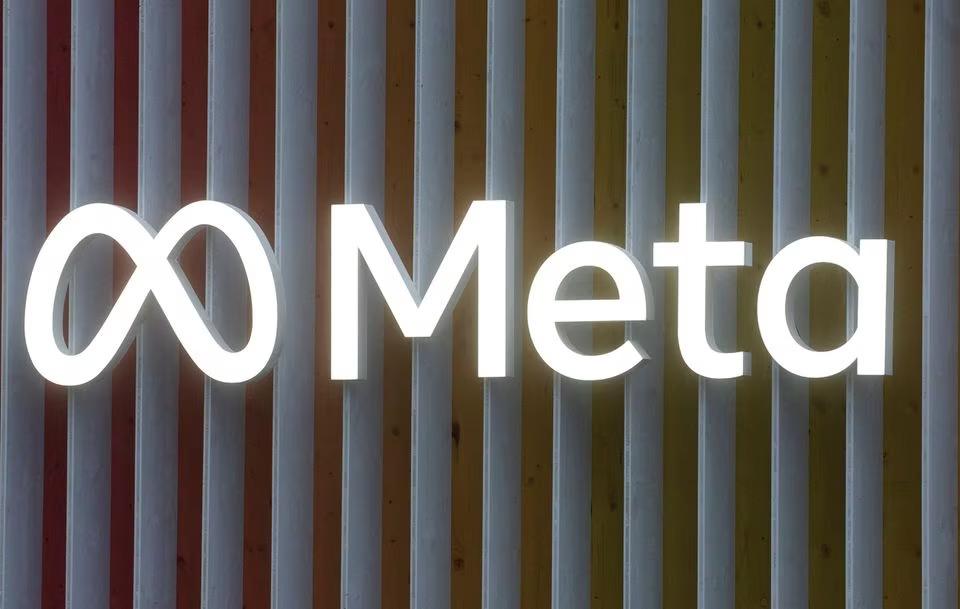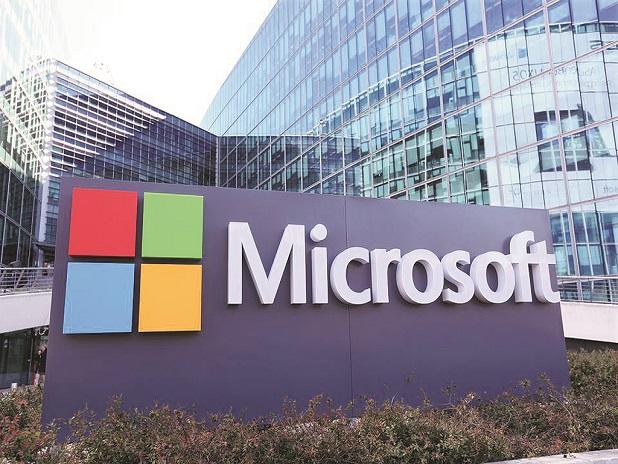Google unveiled a swath of fresh artificial-intelligence technology and partnerships on Tuesday that were geared toward bringing more of the growing technology to large businesses.
The batch of announcements from its Google Next conference in San Francisco included new customers for its cloud software such as General Motors and Estee Lauder Companies.
The Alphabet subsidiary made public a new version of its custom-built AI chips, unveiled an enterprise-scale tool to watermark and identify images generated with AI – plus tools for security and its office suite.
The flurry of announcements is part of Google’s recent effort to showcase its AI plans, after Microsoft caught the company off guard with an ambitious AI strategy it has been rolling out since last year.
But its big business customers need to be deliberate and move at a different pace, Google Cloud chief Thomas Kurian said in an interview with Reuters.
“We’ve generally told enterprise customers, ‘Go slowly and methodically because it’s important that you treat this as a strategic software development,'” he said. “There’s been this sort of FOMO of, ‘I need to be in generative AI for generative AI’s sake.'”
FOMO refers to fear of missing out, a common refrain in AI in recent months.
To bolster Google’s enterprise cloud service it added 20 AI models to its collection, bringing the total to 100. The AI infrastructure includes deals to bring Google Cloud customers access to Meta Platforms’ AI model LLaMa 2, and to the startup Anthropic’s Claude 2.
Google announced new versions of its own foundation AI infrastructure that improve performance and add features. The new version of its text model called PaLM, for example, increased the amount of text users can input to make it easier to process longer documents such as legal briefs and books.
Google discussed a tool that adds the capability to watermark AI-generated images. Called SynthID, the technology alters a digital image file in a way invisible to human eyes. It is designed to remain intact after an image is altered or tampered with.
Google also rolled out AI updates to its suite of office software and security tools. The company unveiled an AI-powered tool that can port databases from Oracle to an open-source version, a notoriously difficult task.
CUSTOM AI CHIPS
Ahead of the announcement of its full-fledged fifth-generation tensor processing unit (TPU), Google has opened access to a version that is optimized for genAI and large language models.
The new chip, called TPU v5e, is designed to train large models but also efficiently serve content from those models. It is not as powerful as the as yet unlaunched flagship fifth AI generation chip.
Google has stitched together the TPU v5e chips into batches of 256 that it describes as a “supercomputer.” Cloud customers can connect several pods together in order to tackle more complex computing problems.
(Reporting by Max A. Cherney in San Francisco Editing by Matthew Lewis)
Note:- (Not all news on the site expresses the point of view of the site, but we transmit this news automatically and translate it through programmatic technology on the site and not from a human editor. The content is auto-generated from a syndicated feed.))



